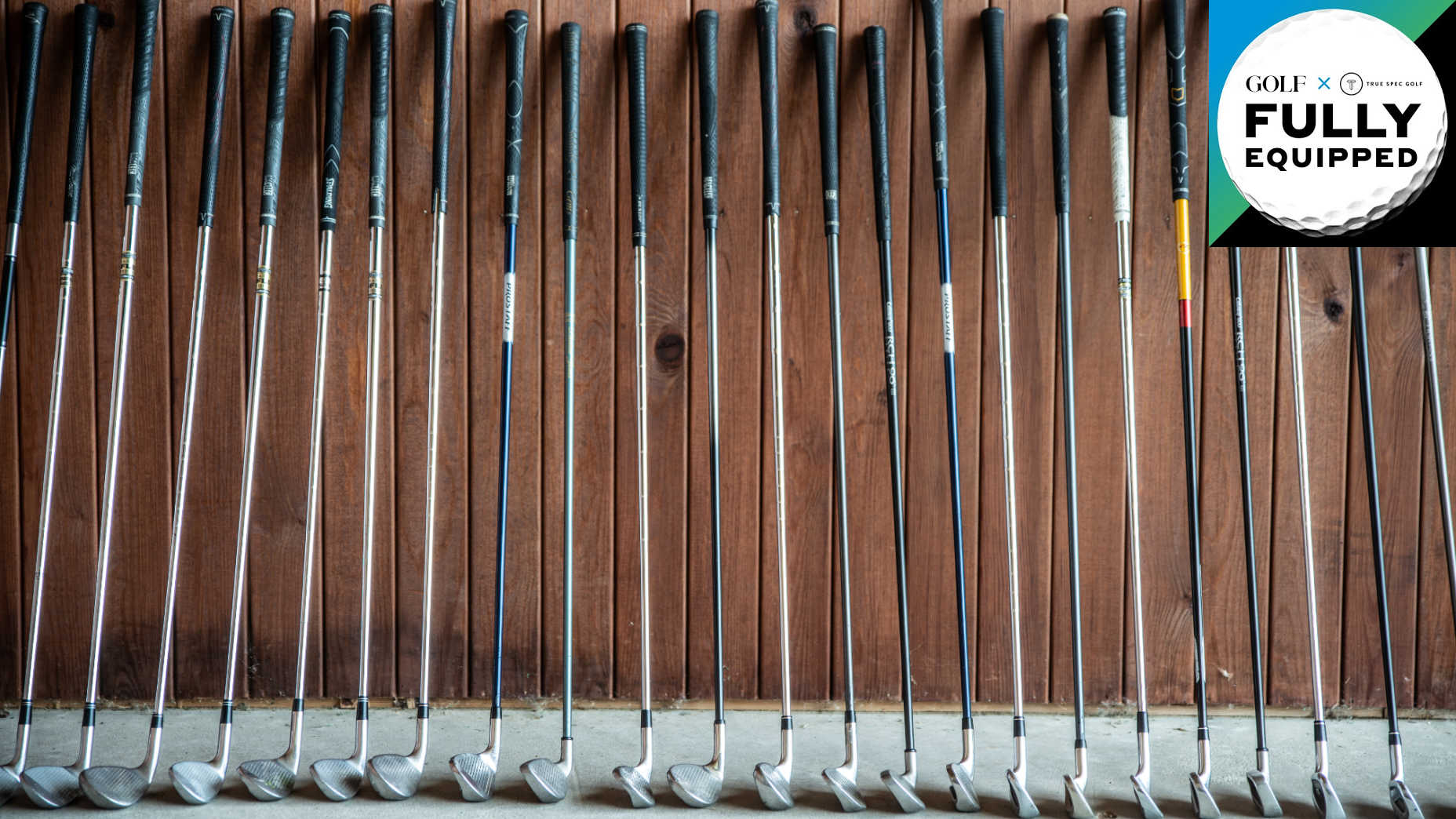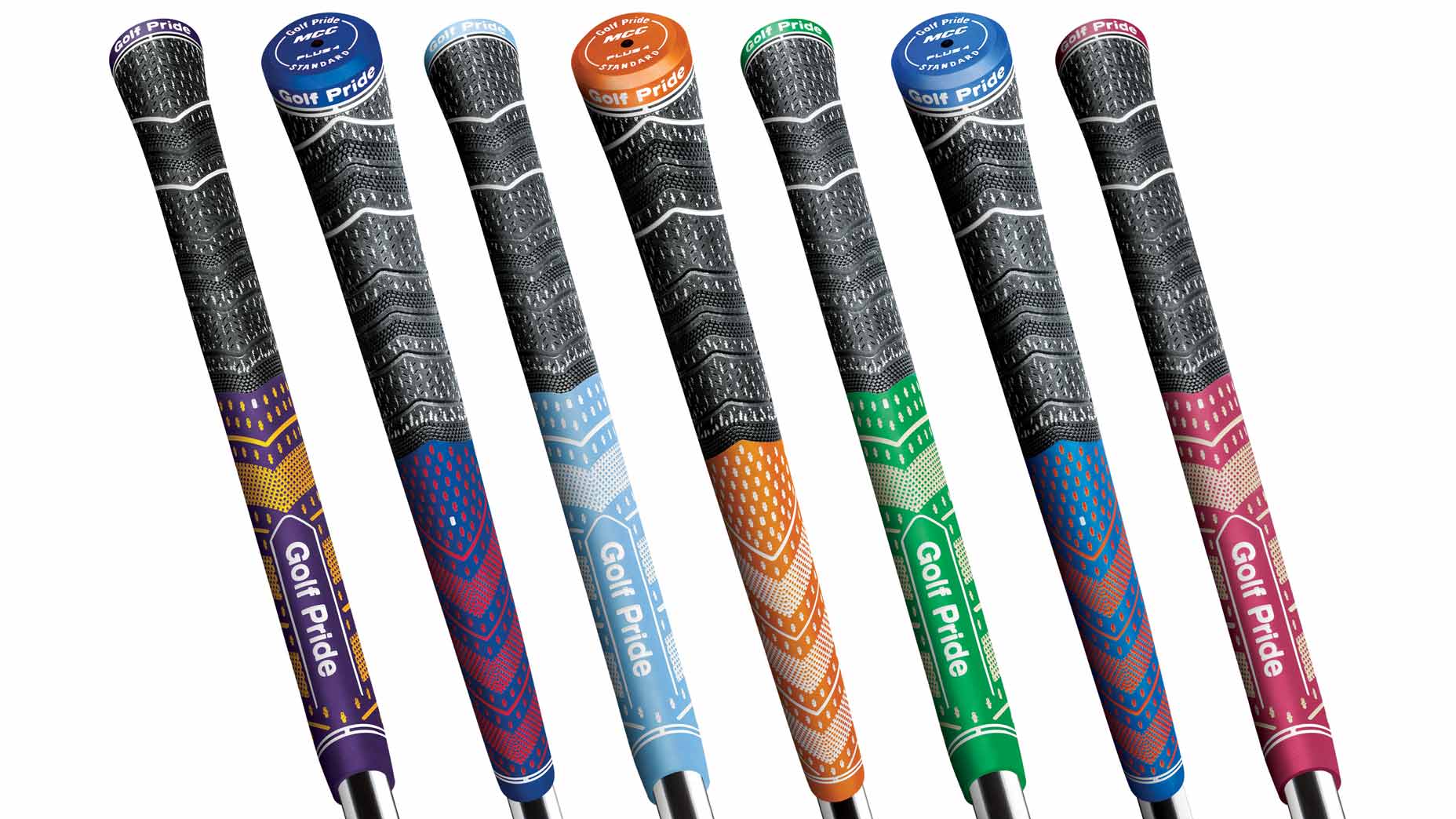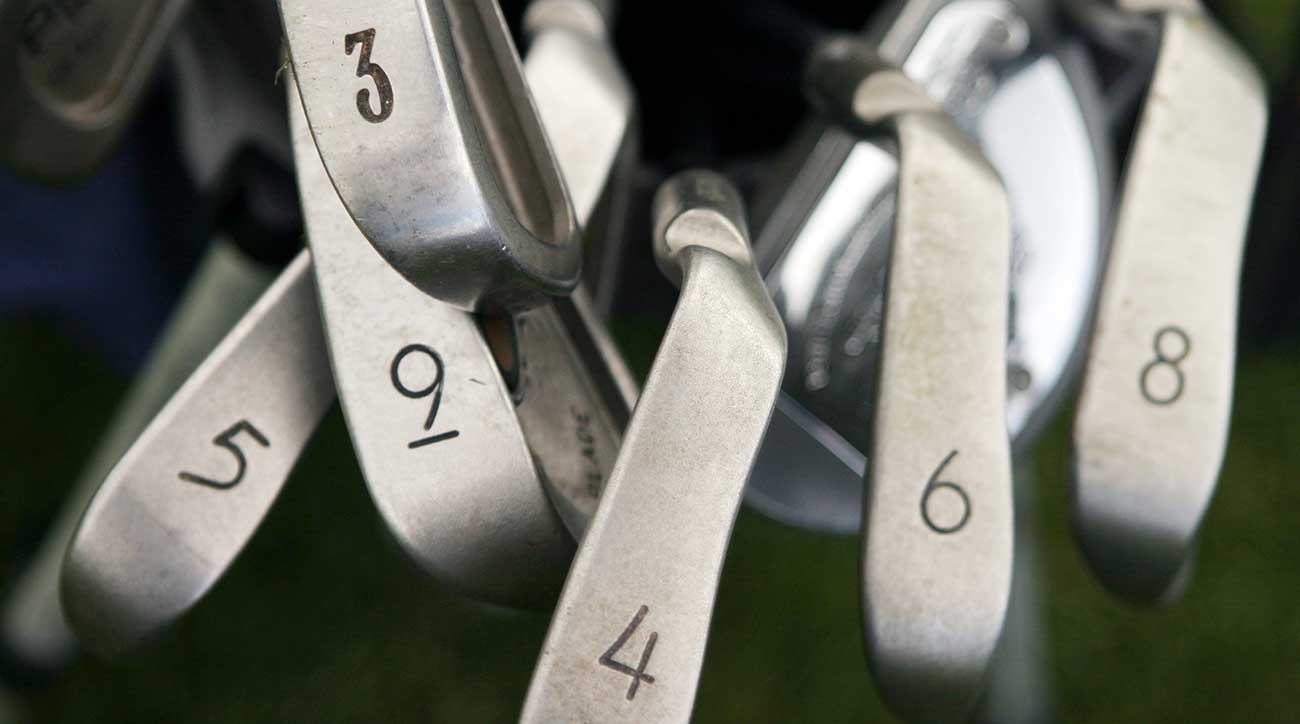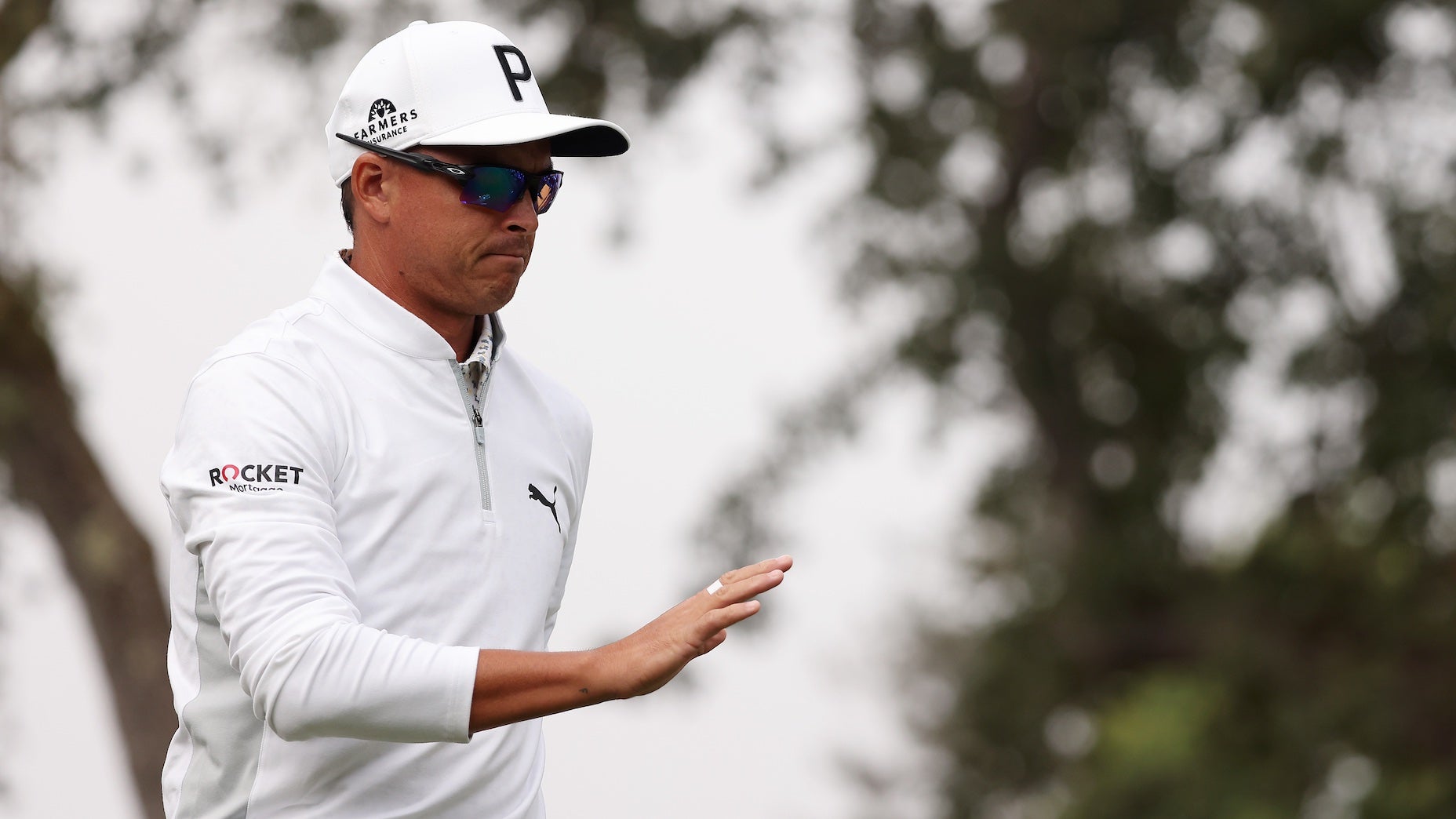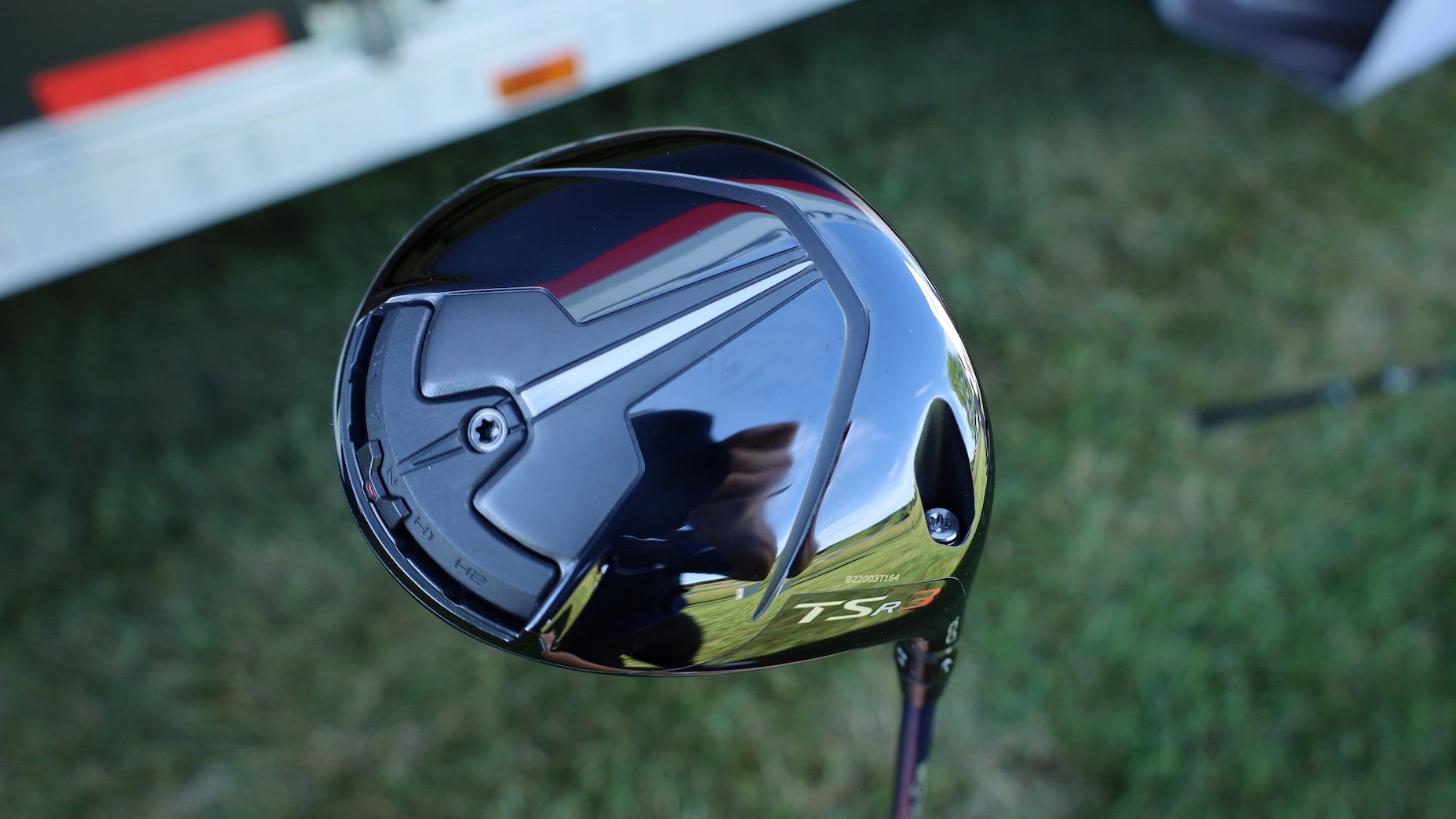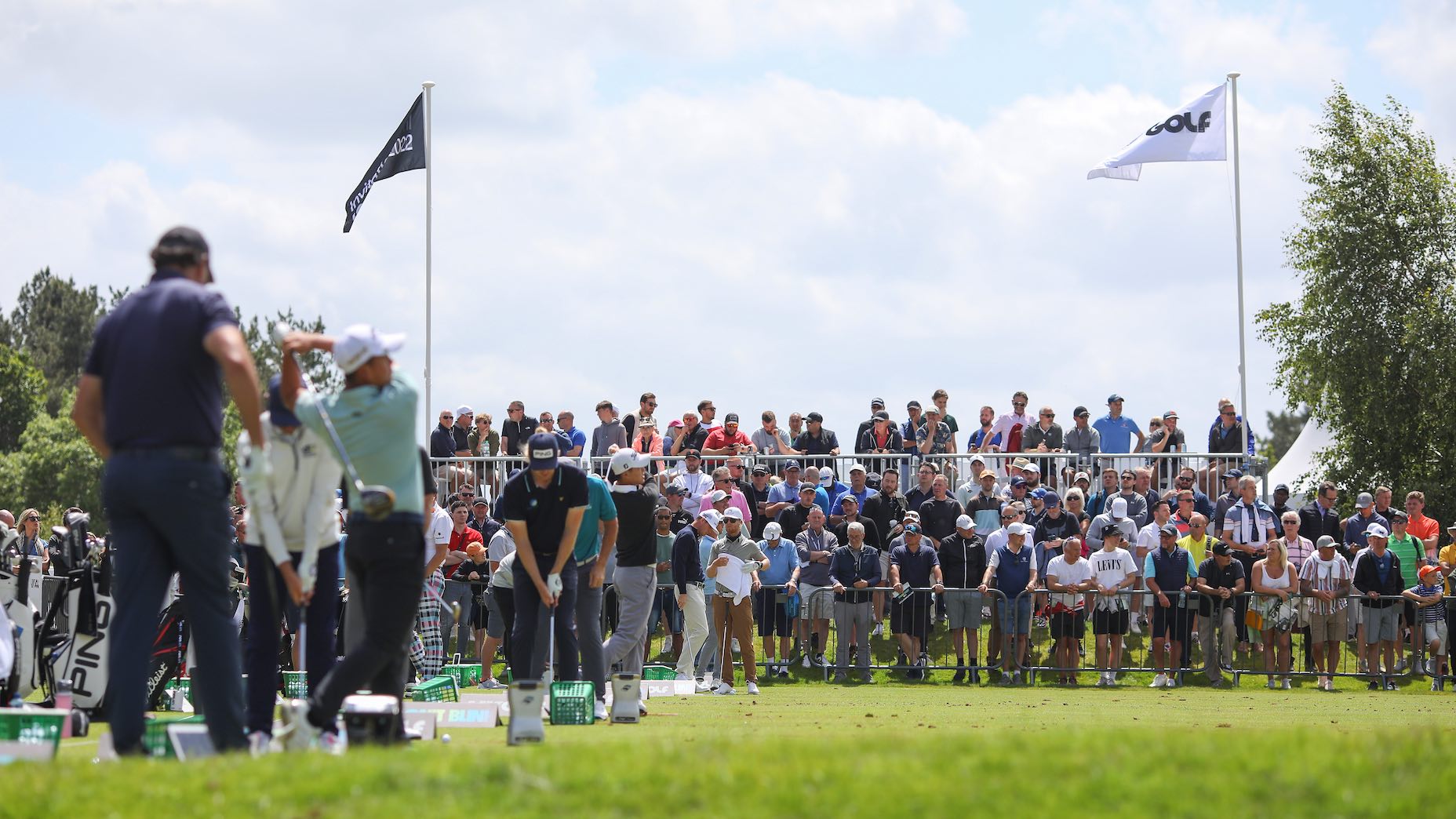Every week, in collaboration with our sister-company and Top 50 Clubfitter True Spec Golf, our in-house team of equipment experts host the Fully Equipped podcast. It’s where we break down the most interesting equipment news in golf, from the most authoritative voices in the game.
New in 2021, we’re going to be highlighting many of those same Fully Equipped voices on GOLF.com as part of an expanded series of articles, sharing the best equipment insight around, and helping you play better golf as a result.
This week, our experts are talking about the things you should keep an eye on with your clubs to make sure you’re getting the most out of your tools.
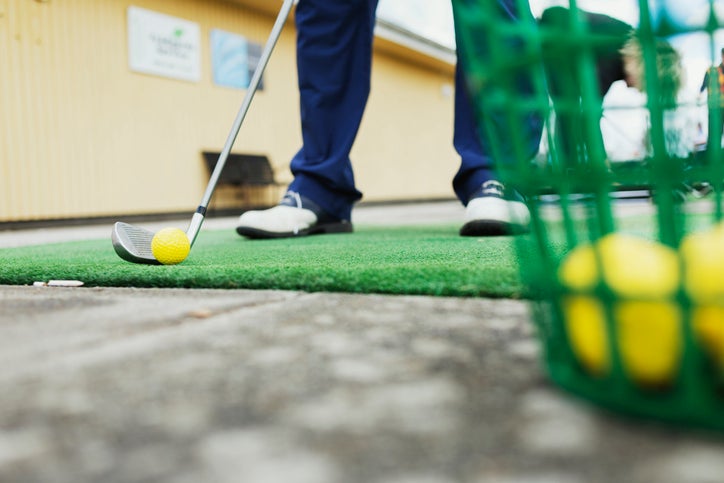
1. Hitting off mats
Jonathan Wall, Managing Equipment Editor: If something suddenly feels amiss on the course, I’d recommend picking up some impact tape from your local golf shop to see if your ball impact location has changed. The tape is a cheap way to do a quick check-up. If you’re regularly missing if off the heel or toe, it could be worth the money to get an instructor involved to see if an aspect of your swing has changed.
Also, if you live in an area of the country where you spend countless hours banging practice balls off an Astroturf mat, get your loft and lie angles checked. Continually hammering a steel iron head into a mat will alter the lie angle over time. The lie angle ultimately determines whether the sole of your club is sitting flush on the turf at address and impact. If the angle is off, even fractionally, you could be making a good swing and not reaping the benefits. If you play regularly, get your loft and lies checked at least once a year. It could save you from having to buy a new set.
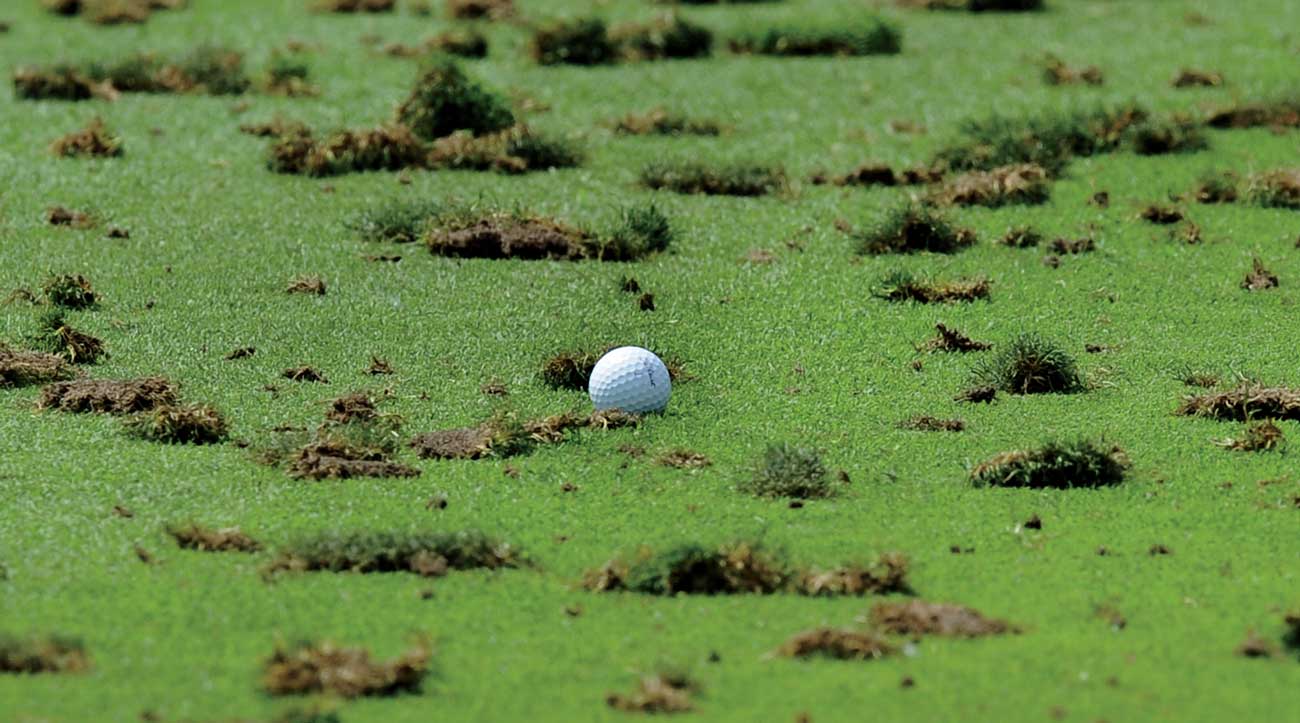
2. Strange gapping
Andrew Tursky, Senior Equipment Editor: It’s unlikely your entire set is completely wrong for you, so try monitoring the differences between your clubs to see if there’s something that works better or worse within the set. For example, if you can’t seem to hit your driver on the planet, but your 3 wood goes dead straight off the tee every time, there could be something misfit with your driver head or shaft. Another telltale sign that something off with your clubs is to look at your divot patterns. If they’re toe heavy, heel heavy, or way too deep in general, it might be time to have a fitter take a look.
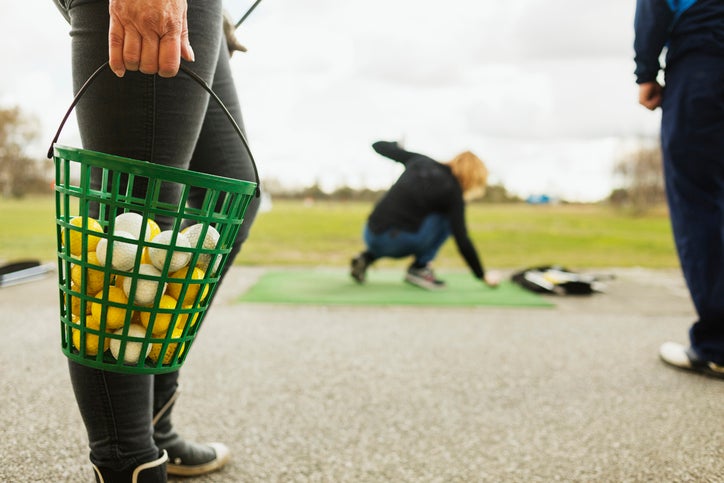
3. Big swing changes
Luke Kerr-Dineen, Director of Game Improvement Content: I always come at these from a slightly different perspective than the two gear experts here, but Tursky’s right: If you went through a proper fitting with a good clubfitter like our sister company True Spec it’s pretty unlikely that your clubs will go from fitting you to being totally wrong. The one big caveat is that if something fairly drastic changes in your swing. Maybe you’ve been hitting the gym and added a bunch of speed. Or maybe you’ve just made a big swing change and think your clubs are fit for your old swing. In either case I’d recommend a fitting, but as a first step, ask your coach what they think. Many of them have relationships with fitters, and if they’re interested in your improvement, they’ll want to make sure you’re swinging clubs fit for your move.
Want to really dial in your irons? Schedule a fitting with the experts at our sister company, True Spec Golf.
